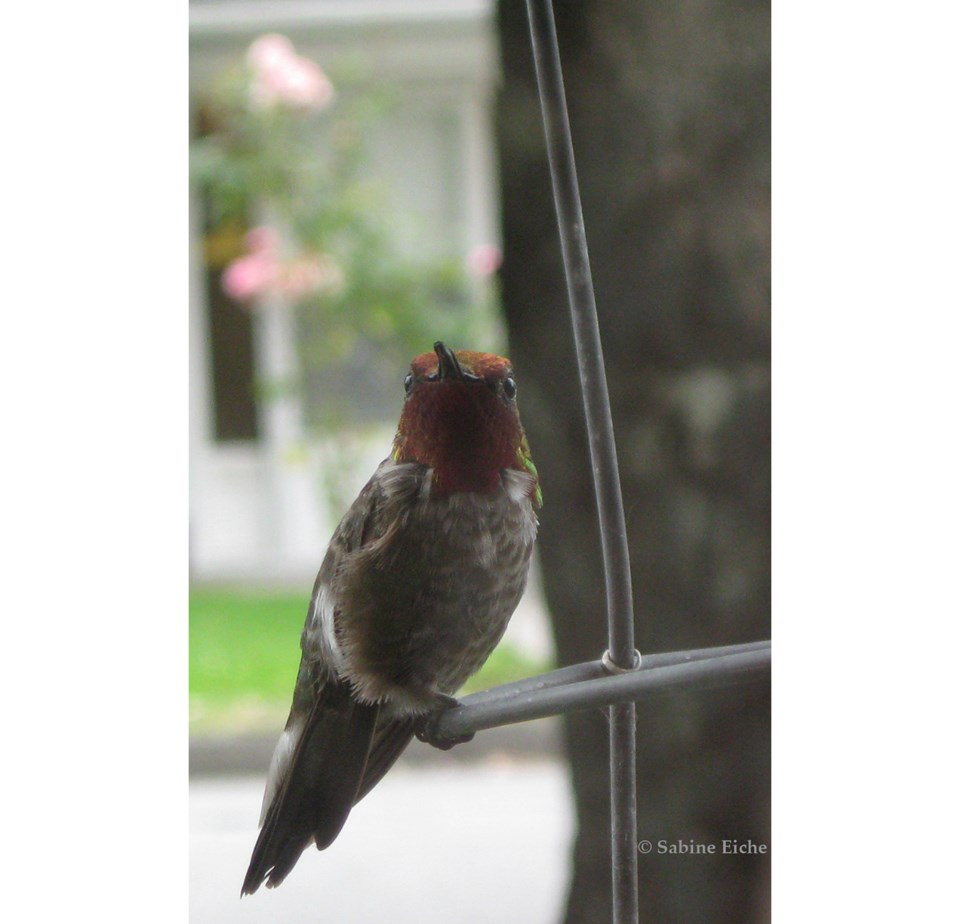We’re six months into the modus vivendi (Latin for mode of living) brought about by COVID-19. The pandemic continues to be the hottest topic in the news, with American politics not far behind. Both seem to be out of control, American politics even more so than the pandemic.
However, while all this ghastly stuff is feeding our neuroses, something completely different is sneaking in, and it’s experiencing an unprecedented flowering in the press. I’m talking about nature, in articles written not by or for scientists, rather by and for observers of the natural world. Such material has always been standard content for British newspapers, because nature writing is as British as crumpets and Shakespeare. But now I’m seeing it also in other papers, the New York Times, for instance.
What sparked this outpouring seems to have been the lockdown measures due to the pandemic. Suddenly people had a new kind – or new quality – of time on their hands. I call it “slow time.”
To observe nature, to really see it, we have to stop moving, or at least slow down, because nature itself is in constant motion. One morning I was standing on my deck, looking out over the backyard. The sun was just rising, and what came flying through the air was illuminated as if brushed by Mother Nature’s highlighter. I noticed that everyone had their own flight path, the bees just above ground level, the hummingbirds jetting past at an intermediate range, and the bigger birds preferring to stay above the tree crowns. I’ve never seen a mid-air collision. They all know their place.
In a corner of the backyard are two trees, a hawthorn and a rowan, their branches almost intertwined. Small birds love to perch in them, some even sleep there. The hawthorn, now very dense with leaves, is their favourite. I watch as they approach it. The first bird arriving in the morning always makes a sharp right turn into the tree. Hummingbirds zip straight in, never slowing down, never deviating. Sparrows and finches zigzag shortly before arriving at the tree, swerving slightly left, then right.
But the spot where I’ve had the most extraordinary encounters with nature is a friend’s backyard. This tiny corner of paradise, practically in the centre of Richmond, is a thicket of trees, sheltering all kinds of wildlife. And as you’d expect in such a sanctum, every creature feels secure, and sufficiently relaxed to stay in the proximity of humans. We’ve sat on her deck, engaged in a discussion, only to become almost immediately mesmerized by what was playing out just beyond the deck railing.
Nature! The pandemic has made it clear that we can’t continue abusing it. We need to learn to respect nature. Our lives depend on it. If we managed to destroy nature completely (we’re heading that way), we’d be wiped off the face of the earth fast; nature, on the other hand, would thrive if all humans disappeared. We need nature more than nature needs us!
Sabine Eiche is a local writer and art historian with a PhD from Princeton University. She is passionately involved in preserving the environment and protecting nature. Her columns deal with a broad range of topics and often include the history (etymology) of words in order to shed extra light on the subject.


.jpg;w=120;h=80;mode=crop)
